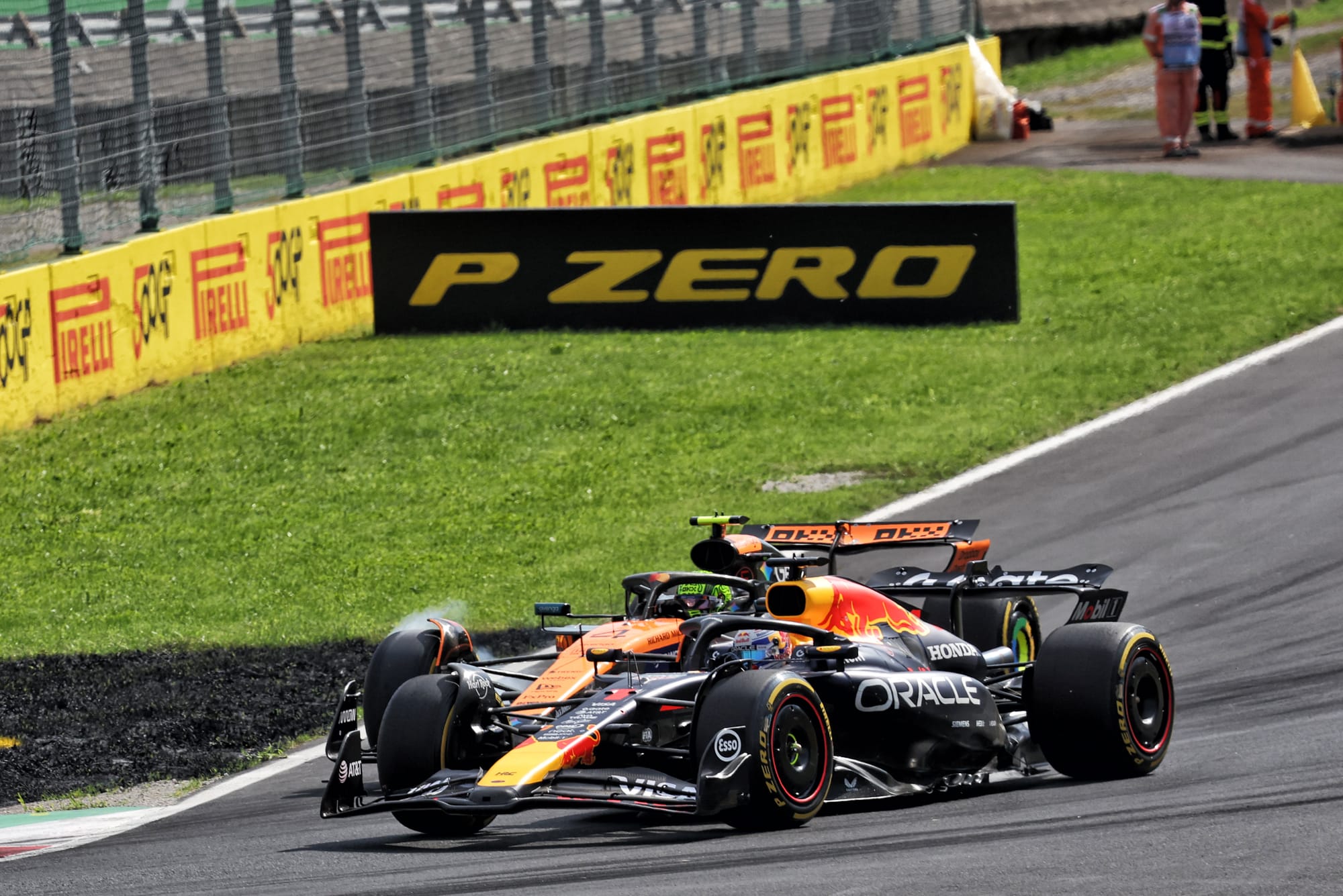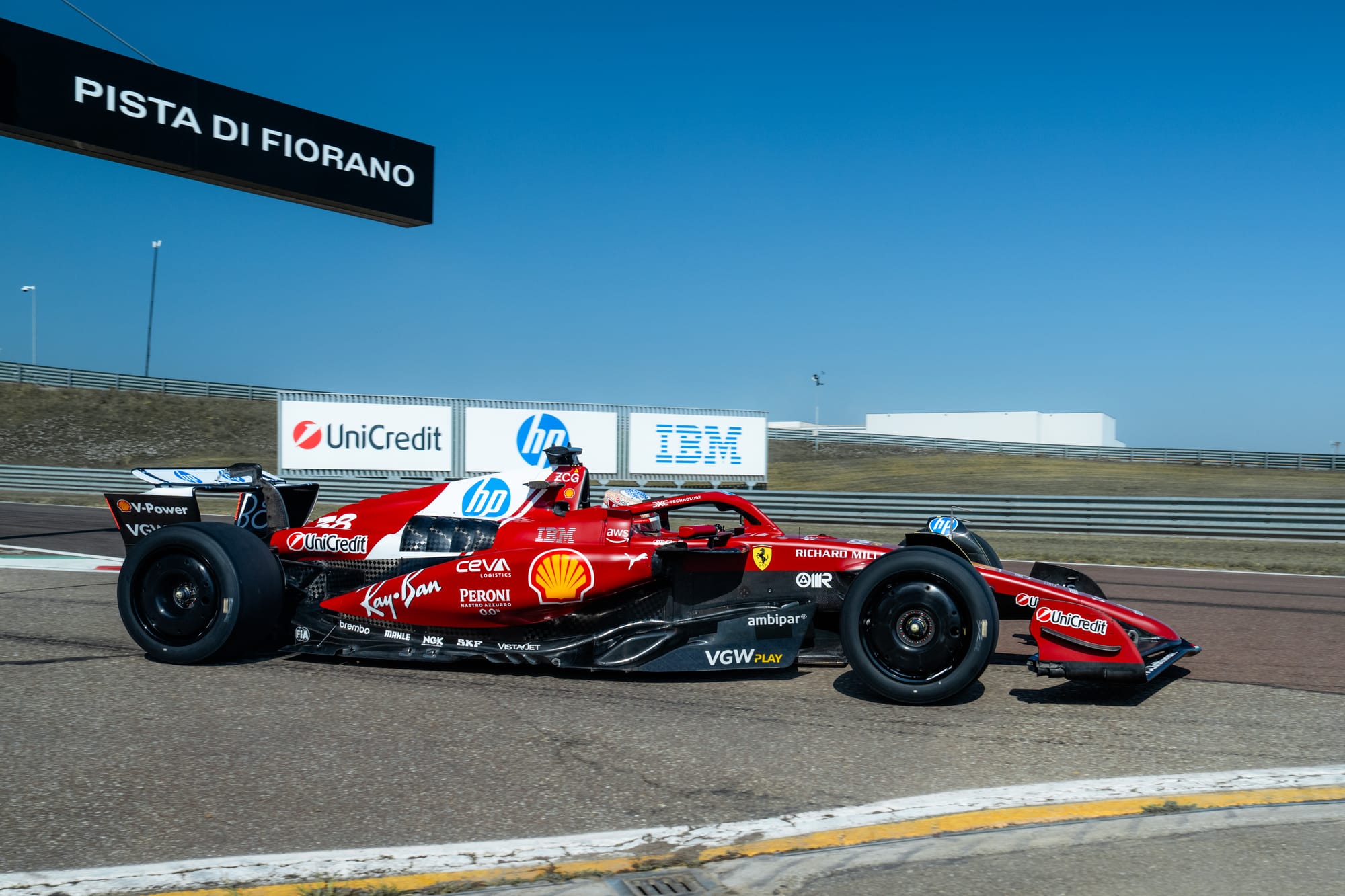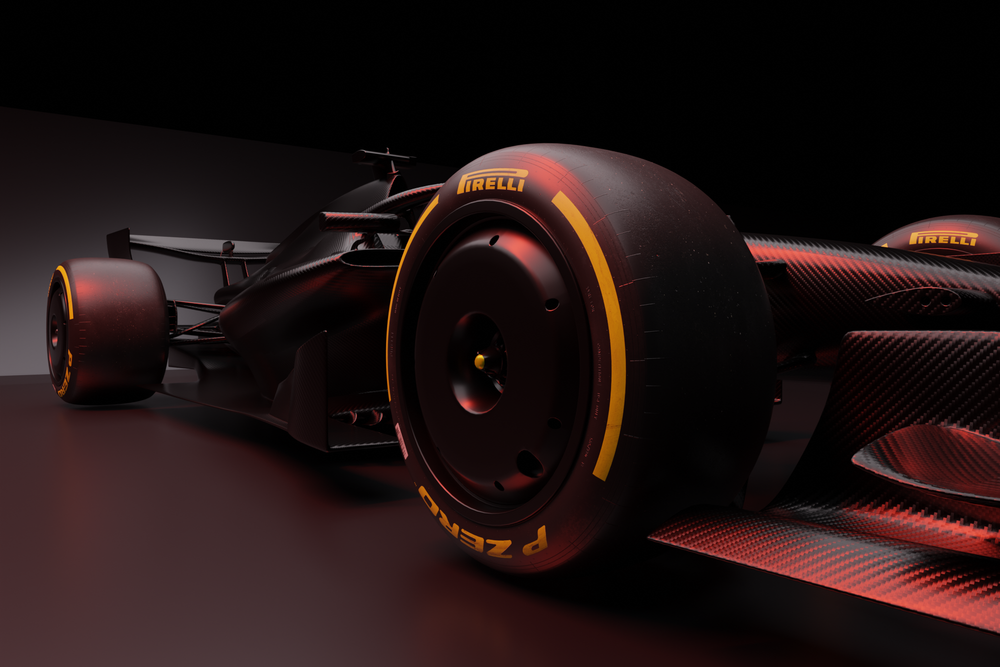Formula 1's 2026 cars look set to throw up a unique challenge for tyre supplier Pirelli, with a completely different performance profile on straights triggering an intriguing new stress point for the rubber.
The move to engines that feature a 50/50 split in power delivery between the internal combustion engine and battery means that how cars behave on track is going to change.
Due to energy management limitations, drivers are going to be unable to run at maximum power output for the entire length of long straights.
Early simulations have shown that this means cars will no longer reach top speed on the entry to corners, which is when tyres previously experienced peak vertical loads.
Instead, cars are now likely to hit top speed several hundred metres earlier, which will be dictated by when they run out of the extra battery power.
The moveable aerodynamics that mean cars switch between a low-drag straightline mode and a high-downforce corner mode will also create another transition point at the end of straights.
Those two factors open up a peculiar scenario in terms of the forces that tyres will experience at the end of straights.
In particular, there is a new moment of peak load that will be applied to the tyres, which occurs when there is a combination of the brakes being hit and the aero modes switching, which will dramatically increase downforce levels.
Pirelli chief engineer Simone Berra said that these different characteristics have required Pirelli to adapt its approach to the 2026 tyres to ensure its products can cope with those demands.

"We have to take into account these two car conditions, which is very different from what we have at the moment," he said.
"We are in a different situation. For example, in the past, the most critical situation was at the end of the straight, when you reached the top speed and you had the maximum loads.
"With the next car generation, we have seen from simulations that the top speed is not reached at the end of the straight. You reach the top speed around 300 metres before the braking phase.
"So with a big increase in load once you switch off the straightline mode when you brake, this will be the most critical condition for us."
To cope with the different stresses that the 2026 tyres will be put under, Pirelli has worked hard on creating an all-new construction for next year.
Having conducted numerous mule car tests with teams, this specification has now been laid down.
But one other way that Pirelli will ensure that the tyres are not pushed over the edge by the new challenge is by raising minimum tyre pressures.
Berra added: "We are learning also from the simulations from the team, and also for us we are learning also to prescribe correct pressure values considering these different characteristics of the cars.
"The structures will obviously be different. Tyre dimensions will be different. And considering the different tyre dimensions, also the compound characteristics, in terms of the mechanical and thermal resilience, will be a different story.

"We expect to run with a slightly higher carcass temperature, but this is to be obviously confirmed with the final car configurations.
"At the moment, during the tests, we have seen similar carcass temperature compared to the current generation of cars, but I would expect with the actual cars, then the carcass temperature will slightly increase."
While the construction of the 2026 tyres is now finalised, Pirelli is still working on the different compounds that will be used throughout the season.
It wants to space out the performance of its selections more, to try to encourage wider strategy variations.
Berra said: "We would like to have a higher degradation level than what is generally required, just to avoid a clear one-stop race everywhere."




